DOMICA
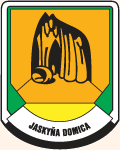 |
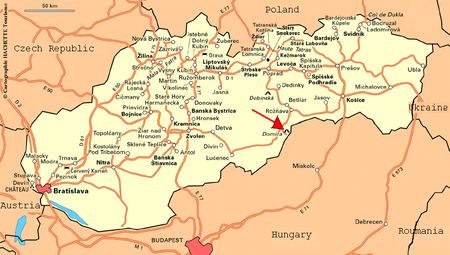 |
| LOCATION Domica cave is a Slovak cave located 339 meters above sea level, about 10 km away from the village of Plšivec in the Casdratral territory of Kečovo, in the District of Rožňava and in the Region of Košický. It's located at the Slovak border with Hungary. Domica Cave is connected with the Čertova Diera Cave and together they reach a length of 5,358 m. In fact less than one fourth of the cave system is in Slovakia. It is listed among the natural beauties of the World Heritage. |
|
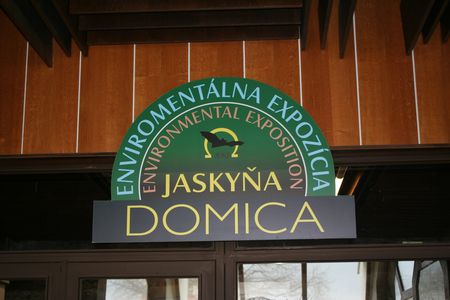 |
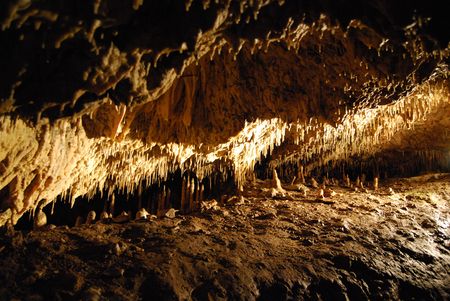 |
NATURAL SETTING The cave was formed along the tectonic faults in pale Wetterstein limestone dating from the Middle Triassic (between 245 and 228 million years ago) by the corrosive and erosive activities of draining waters (mainly from the river Styx). The cave is rich in sinter fills, from which the most typical are shields and drums, cascade pools (Roman Spa), onion-like stalactites and pagoda-like stalagmites. Other sinter forms also occur in the cave. The air temperature ranges from 10.2 to 11.4°C and relative humidity from 95 to 98 %. |
|
 |
 |
|
 |
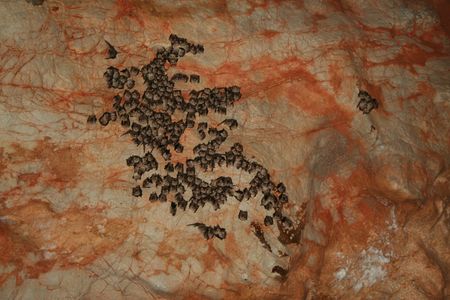 |
|
HISTORY In 1926 J. Majko penetrated the cave from its bottom through a 15 m deep abyss into large underground spaces where plenty of archaeological findings were discovered later. It made it clear that Domica Cave had offered a short time refuge to Neolithic inhabitants of Eastern Slovakia, mainly from the Bukk Mountain Culture as testified by the post holes and fireplaces discovered in various places. On the bank of the Styx, imprints of stone axes are evidences of a ceramics manufacture in the cave. Irons, awls, arrows, the oldest comb in Europe, rings, decorated cylinder bracelets and fishhooks were also found in the cave represent the peak of Neolithic processing of bones. The discovery of a thick fabric imprint in the loam (the oldest one in Slovakia) as well as a fragment of a conic weaving weight unit proves that fabrics used to be made in the cave. The rear parts of the cave probably served probably as sacred and cult places and charcoal drawings were preserved here. Domica is one of the most important finding places of the Bukk-Mountain Culture in Slovakia. The original entrance was later blocked by debris and the cave became inaccessible. |
|
 |
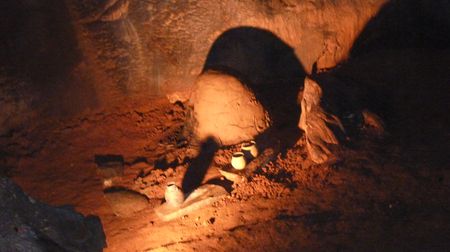 |
In 1930 the cave was opened for the public (only 1,315 metres). Electricity lighting was added in 1932 and the Styx was dammed up for the 140 metre-long underground boat ride. |
|
 |
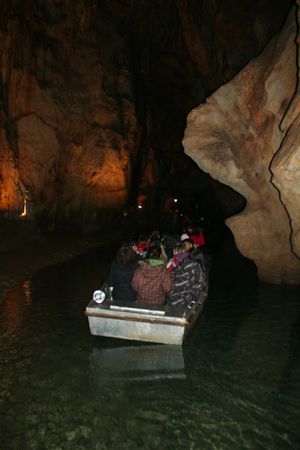 |